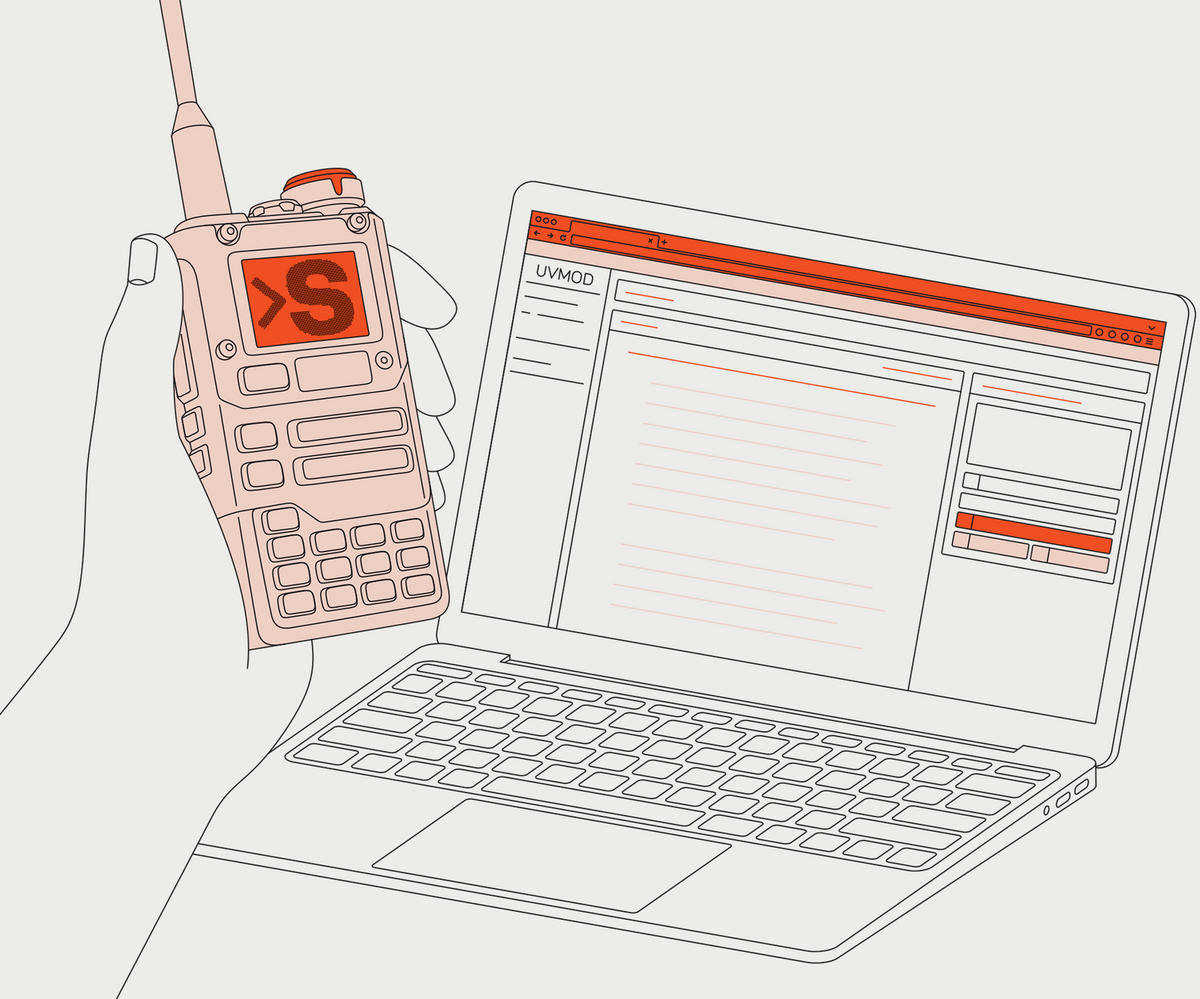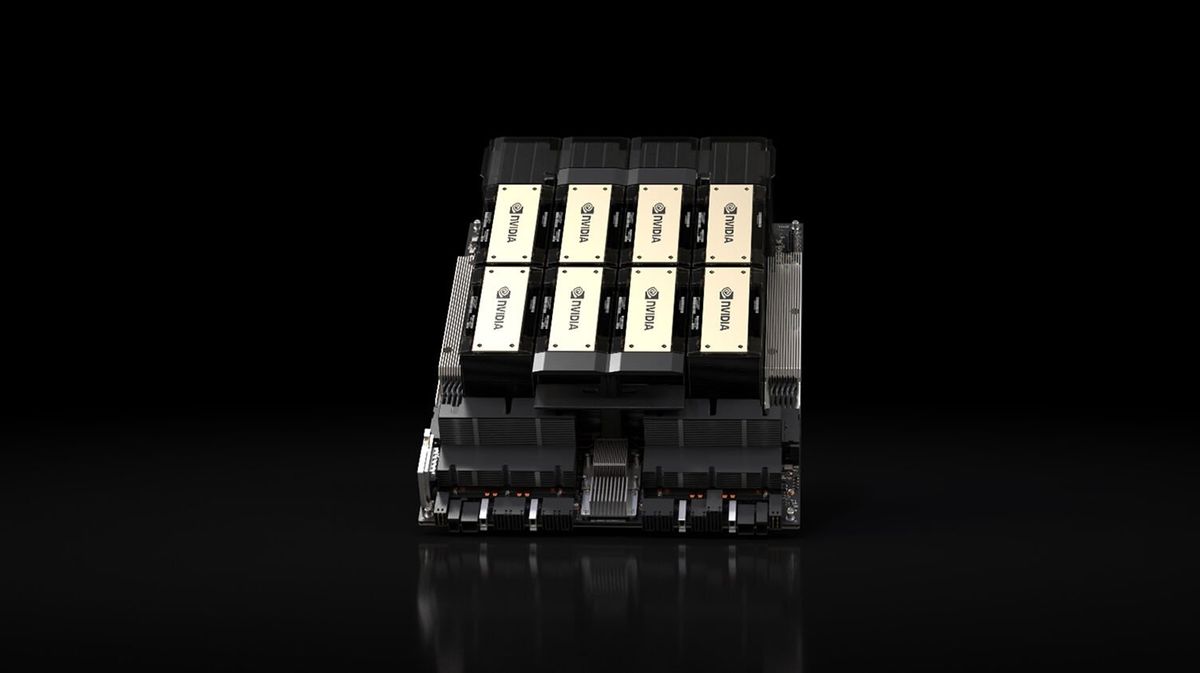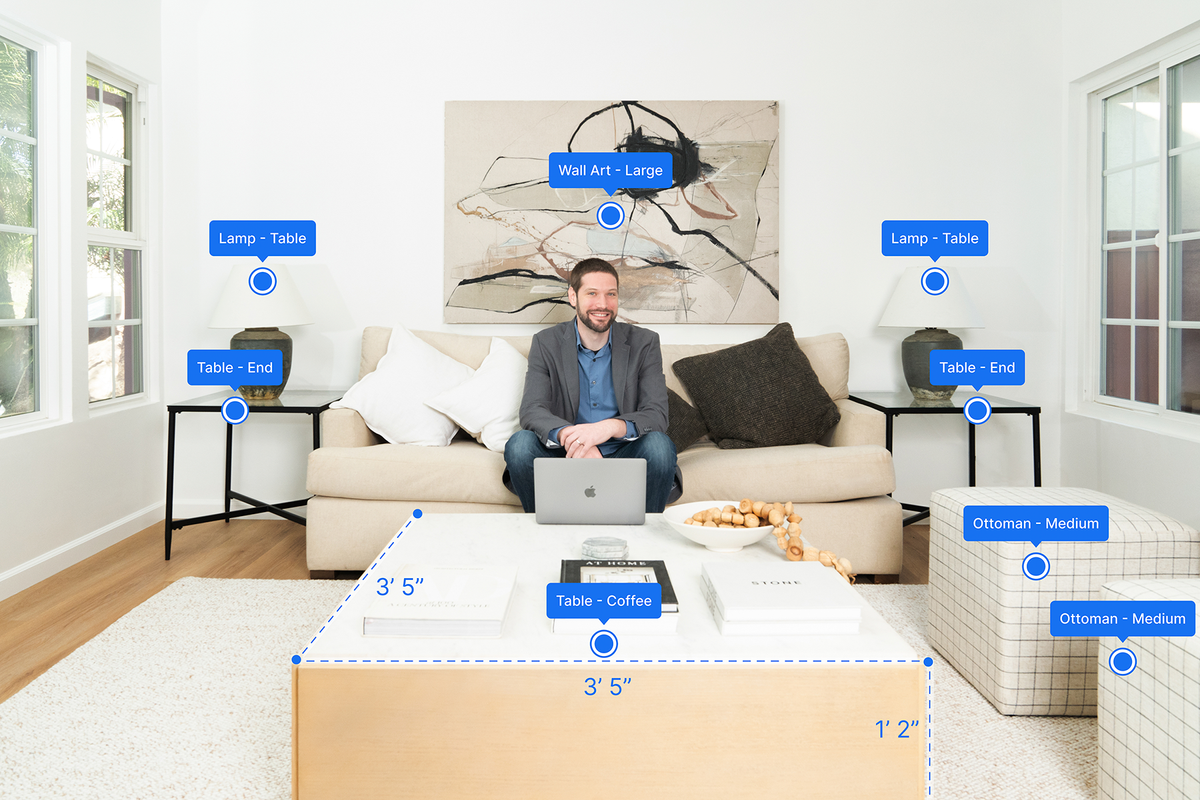Among the many candidates for storing quantum bits, or qubits, are electrons, atoms, molecules and quantum dots. However, over the last few years, researchers have been focusing on storing quantum bits in silicon as a promising avenue towards realizing a quantum computer. Now, researchers from the University of Surrey, University College London, Heriot-Watt University in Edinburgh, the Radboud University in Nijmegen, and ETH Zürich/EPF Lausanne/Paul Scherrer Institute in Switzerland have reported the ability to control the quantum state of qubits embedded in silicon and readout the result by a simple electrical measurement. A paper describing their findings appears in the 20 March edition of Nature Communications
The qubits are phosphorus atoms trapped inside the silicon layer. Because the spin state of the outer electron of these atoms can remain in a state of superposition of the two possible spin states, these qubits are therefore called “orbital qubits.” They can retain a superposition state for a fraction of a millisecond before they are disrupted. The researchers demonstrated that they could switch the quantum state of the phosphorus atoms with laser pulses in about a picosecond (10-12 s), which is a thousand times faster than achieved with previous similar experiments. The advantage of these short pulses is that in future computers, operations could be performed easier on qubits that retain their quantum state for a very short time, says Ben Murdin, a physicist at the University of Surrey and corresponding author of the paper.
The researchers also reported that they could determine the quantum state of a qubit by measuring the amount of current passing through the silicon. The point of the experiment, says Murdin, is to show that it’s possible to use completely standard commercial silicon, and a simple voltmeter for the readout of quantum superpositions. "It's the first electrical detection of orbital qubits in silicon,” he says. And the only piece of fancy equipment that’s required is the laser.
Murdin notes that electrical readouts of quantum states have advantages for other quantum technologies too. "I don't know how to make a quantum computer, but this method would help enormously if you want an atomic clock or a quantum magnetometer,” the Surrey professor says.



